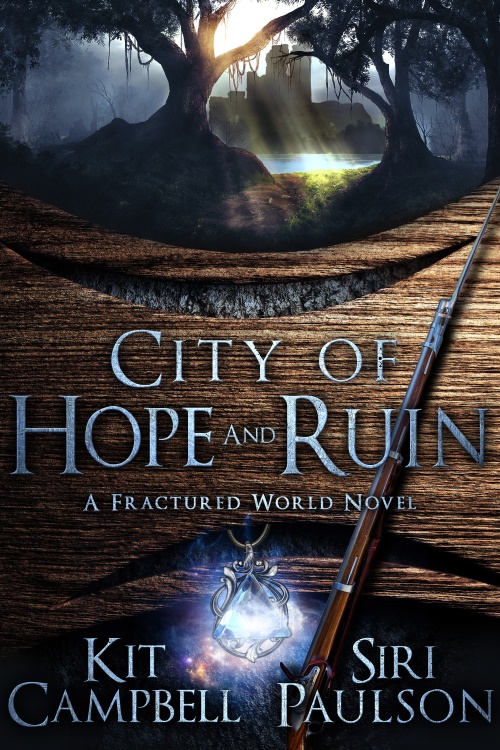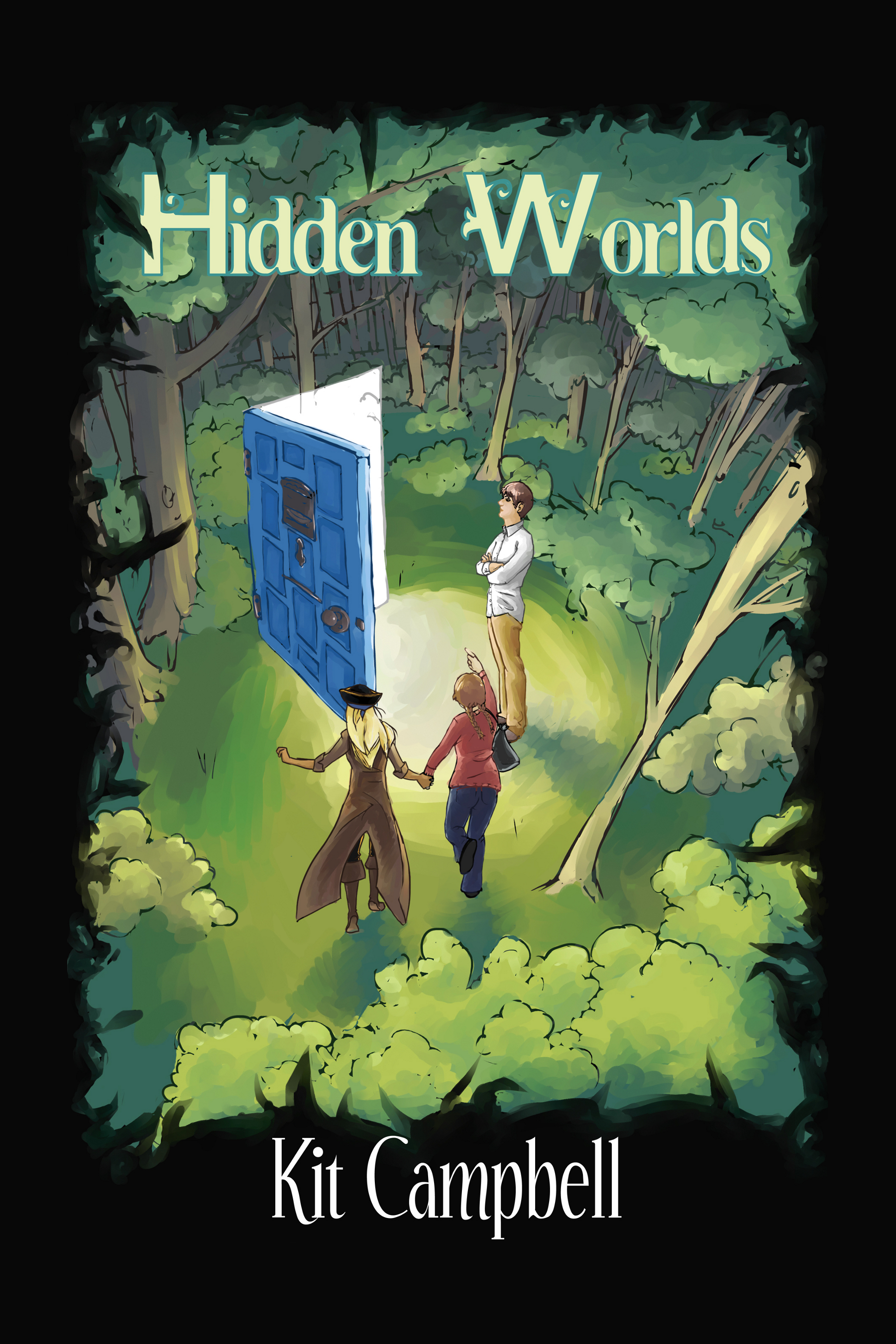Okay, squiders, let’s dig in. Our first master plot will be Overcoming the Monster.
7 Master Plots Plot: Overcoming the Monster
Related 20 Master Plots Plot(s): Revenge, Rivalry
Related 36 Master Plots Plot(s): Vengeance of a crime, Vengeance taken for kindred upon kindred, Supplication, Revolt, Daring Enterprise, Obtaining, Enmity of Kinsmen, Rivalry of Kinsmen, Rivalry of superior and inferior, Conflict with a god
(By the way, shout out to Steven R. Southard for linking the different master plot lists to each other.)
This is one of the most ancient of story archetypes, found as far back as Beowulf and Greek myth. In the overcoming the monster archetype, a hero must conquer some evil, which is often an actual, physical person or force, but not always. This is a very straightforward trope that often manifests as something like “Threat of monster becomes evident, hero goes off to fight monster, complications, the hero defeats the monster (usually).”
The monster does not have to be an actual monster, of course–it can be anything that is portrayed as evil: other people, companies, mental illness or addiction, etc.
This is a very popular story archetype because these stories show that with enough perseverance, anything can be overcome. (Usually.)
Examples: Beowulf, Perseus, the original Star Wars trilogy, James Bond, Terminator, David and Goliath, Moby Dick, King Kong, Alien, etc. etc. et al.
In the 20 Master Plots, we have Revenge (someone seeking revenge for some harm or betrayal) and Rivalry (2 people with the same goal). These don’t feel like exact fits for me (and as I mentioned last week, in some cases the different plot lists don’t line up terribly well) but I can kind of see them, as in a revenge plot you have a hero (the person seeking revenge) fighting something “evil” (whatever wronged them) and in a rivalry you have a hero (one of the people fighting for the same thing) fighting something “evil” (the other person who wants the same thing).
Revenge examples: Hamlet, Medea
We get a bit more complicated when we add in the 36 master plots plots. (Plots plots. Gotta be a better way to say that.) Crime pursued by vengeance or vengeance of a crime, depending on the translation, lines up pretty well with Revenge from the 20 plots. Specifically, these tend to be vigilante sorts of stories, where the crime would not be punished if the hero did not take things into his own hands. Vengeance taken for kin upon kin is specifically where there is a victim of some sort that is related to or allied with both the hero and the villain.
Supplication is where the main character appeals to a person in power for aid or to help with some injustice. Revolt is, like it sounds, where an oppressed person or people rise up against a tyrant. Daring Enterprise is where an object is taken from an antagonist (and usually destroyed or otherwise made to no longer be useable by the antagonistic force). Obtaining is close to Daring Enterprise, in that it involves an object, usually something the main character wants, and either they have to fight to get it or someone else (an arbitrator) decides who gets the object.
Enmity of kinsmen involves two related people (as evidenced by the name, generally family members, but arguably this can be people related in other ways) who hate each other, while rivalry of kinsmen includes two related people (same note) vying for the same thing and so is, also arguably, the same thing as Rivalry, just more specific. Same note for Rivalry of superior and inferior, where an “inferior” rival beats the superior one in some situation.
And, finally, Conflict with a god includes a mortal fighting an immortal in some situation.
As you can see, each of these archetypes can be placed into the “hero fights (evil)” template with more or less chiseling and for generous definitions of “hero” and “evil.”
Vengeance of a Crime example: The Count of Monte Cristo
Vengeance of Kin upon Kin example: Hamlet
Supplication example: Esther (from the Bible)
Revolt example: Julius Caesar
Daring Enterprise example: Lord of the Rings
Obtaining example: Apple of Discord (Greek myth)
Enmity of Kinsmen example: As You Like It
Rivalry of Kinsmen example: Wuthering Heights
Rivalry of Superior and Inferior example: Toy Story
Conflict with a God example: The Odyssey
Man. That’s a lot of master plots.
Thoughts on this archetype, squiders? Do you have a favorite example of Overcoming the Monster (or any of its related-ish plot archetypes from the other lists)?



